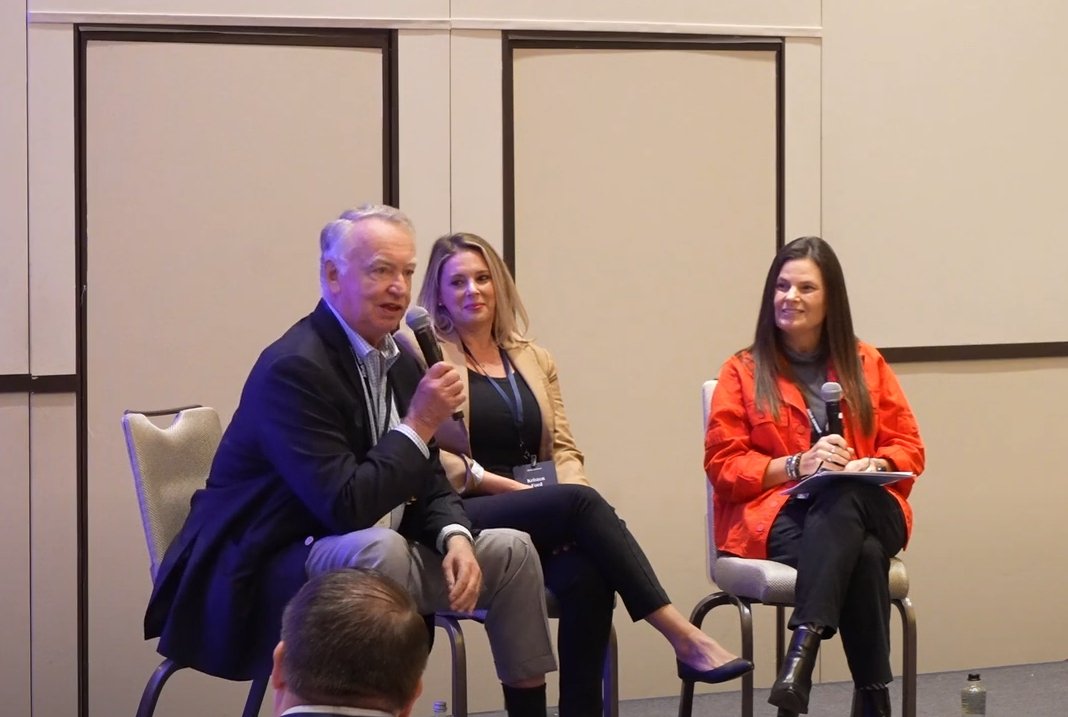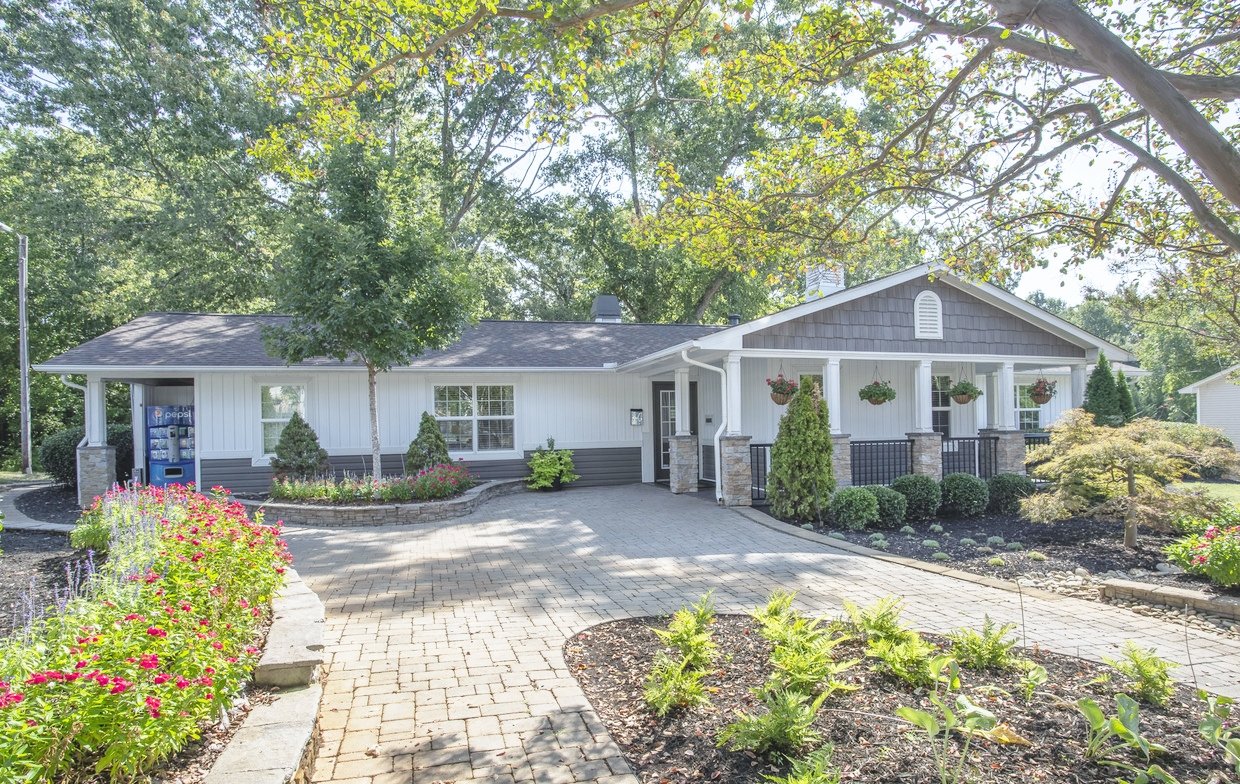As artificial intelligence (“AI”) continues reshaping industries, real estate is no exception. Across NPRC’s portfolio, AI-driven solutions are enhancing property management.
After a challenging 2024, we believe the US national apartment market is poised for a significant turnaround in fundamentals, driven by a combination of decelerating supply growth and expanding demand.
Join Ted Fowler (Managing Director of NPRC) in discussing the state of multi-family at Altus Connect.
Rent growth performance varies across multifamily segments over the economic cycle. In 2021 and 2022, Class A properties experienced significant stimulus-driven rental demand; this discretionary segment of multifamily peaked at 17% rent growth in January 2022.
NEW YORK, Nov. 25, 2024 (GLOBE NEWSWIRE) -- National Property REIT Corp. (“NPRC”) announced today it recently sold its Arlington Park (“Arlington”) multifamily residential property in Marietta, Georgia, for $20.0 million, achieving a 2.4 times cash on cash return on the investment.
NEW YORK, Nov. 21, 2024 (GLOBE NEWSWIRE) -- National Property REIT Corp. (“NPRC”) announced today it recently sold its Dylan at Grayson (“Dylan”) multifamily residential property in Grayson, Georgia, for $56.7 million, achieving a 1.7 times cash on cash return on the investment acquired in December 2020.
NPRC seeks to achieve greater than market average rental rate and net operating income (“NOI”) growth across its multifamily portfolio. We believe generating alpha in value-add multifamily real estate investments depends on executing effectively across several key variables, including rent and occupancy optimization, operating expense efficiencies, value-enhancing exterior and common area upgrades, unit interior improvements, debt optimization, and selective market and submarket positioning.
Join Grier Eliasek (President & COO of Prospect Capital Corporation) and Ted Fowler (Managing Director of NPRC) in discussing NPRC’s geographic focus.
From 2019 to present, U.S. commercial real estate has undergone dramatic transformations in both use and investment. The onset of the coronavirus pandemic curtailed employment in various job categories and forced the adoption of remote and hybrid work structures, accelerating migration trends to suburban communities away from urban centers.
Join Grier Eliasek (President & COO of Prospect Capital Corporation) and Ted Fowler (Managing Director of NPRC) to discuss stress in the current multifamily market.
What Happened. The Federal Reserve began a cycle of interest rate hikes in Q1 2022 to stem the tide of inflation. Since then, SOFR has spiked approximately 500 bps and the 10-year Treasury has increased 225 bps, with the consequence that:
The supply and demand imbalance for single-family homes has been exacerbated in recent years. Supply (measured by active listings) is 42% lower than its pre-pandemic level. The reduction in homes available for sale is driven by reduced listings of existing and new homes.
According to the National Association of Realtors, home-buying affordability is at its lowest level since 1985. The spread between the median monthly payment for homeownership vs. renting is now $994, which is a 3.0x increase compared to 4Q19 (pre-pandemic). Prospect believes this spread in cost may create outsized and continued demand for workforce multifamily assets.
Prospect believes that significant equity and preferred equity investment opportunities will arise from the wave of debt refinancings occurring in 2023 and beyond. The commercial real estate market is facing $2.6 trillion in loan maturities through 2027, $1.0 trillion of which are collateralized by multifamily (MFR) assets, which make up our core investment strategy.
The U.S. Census and others report that the supply of naturally affordable residential housing is approximately 4 million units short of demand for such units. New construction cannot be delivered to meaningfully reduce this gap. And, this gap is actually increasing in suburban markets as tenants exit urban markets to escape crime, high cost of living, poor schools in favor of a remote working life-style.















